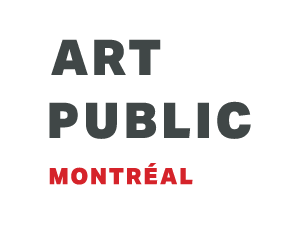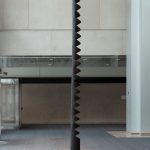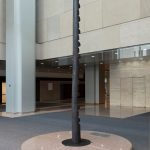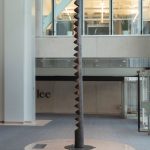
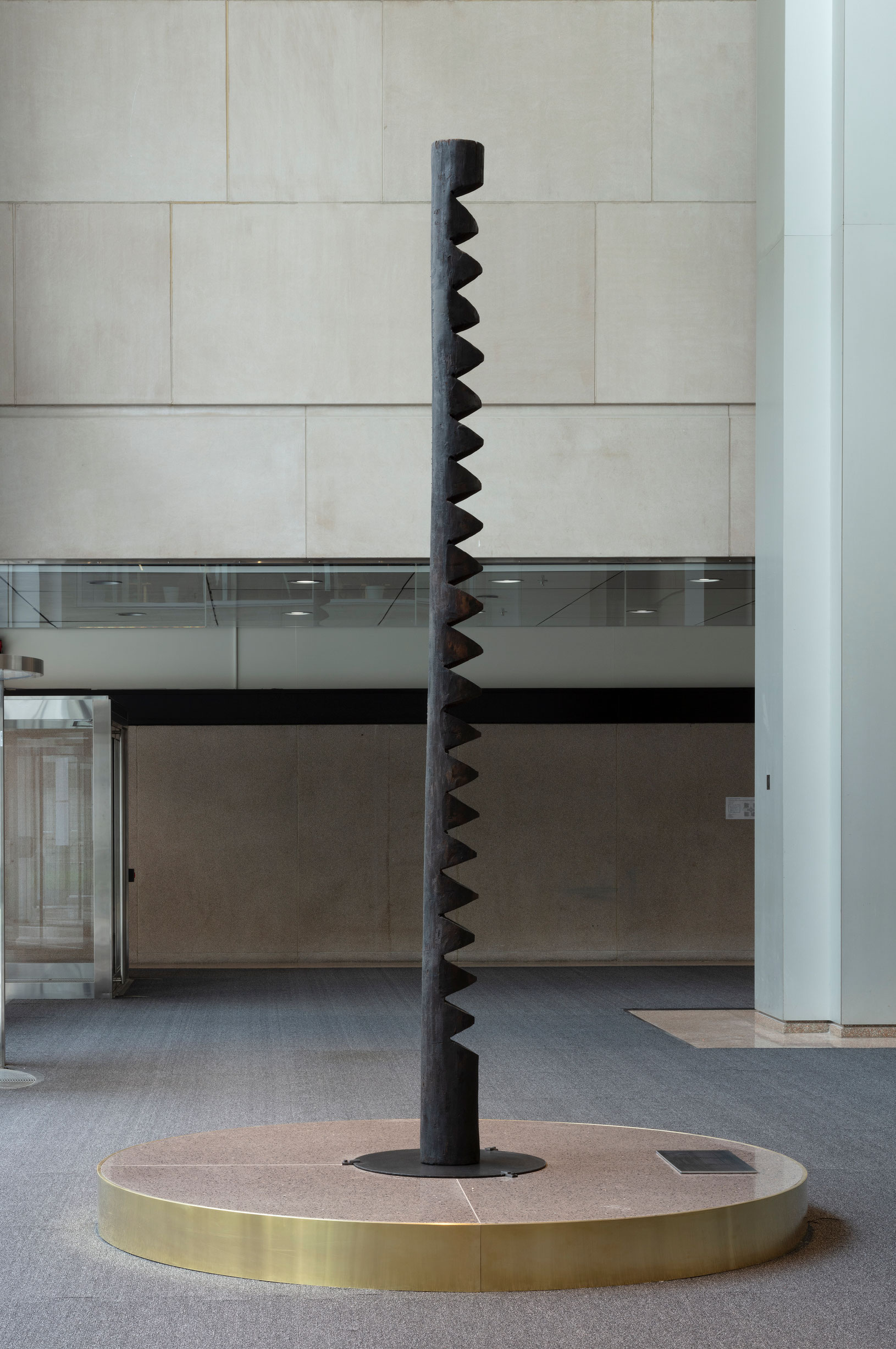
Born in Black Lake, this Québec artist was trained at the University of Ottawa and the École des beaux-arts de Montréal in the 1950s and is known for having upset well-established traditions in Québec, notably through his political engagement and his sculptural work.
Vaillancourt’s long and prolific career has featured by large-scale projects in the public space, including L’humain, a sculpture commissioned by the École des arts et métiers d’Asbestos (1963); Québec libre!, a fountain sculpture for San Francisco’s Embarcadero (1971); and Justice, an anti-apartheid artwork executed for the Palais de justice de Québec (1983).
Artwork description
In Justice aux Indiens d’Amérique, a work carved from a single piece of pine, the sculpture’s scale and extreme simplicity are indicative of how Armand Vaillancourt combined political commentary, social engagement, and the valorization of materials. The totemic, essentially abstract form references both Indigenous cultures and Modernism, conferring an identity that hovers on the edge of two distinct worlds and exploring the existing relationships between the two.
